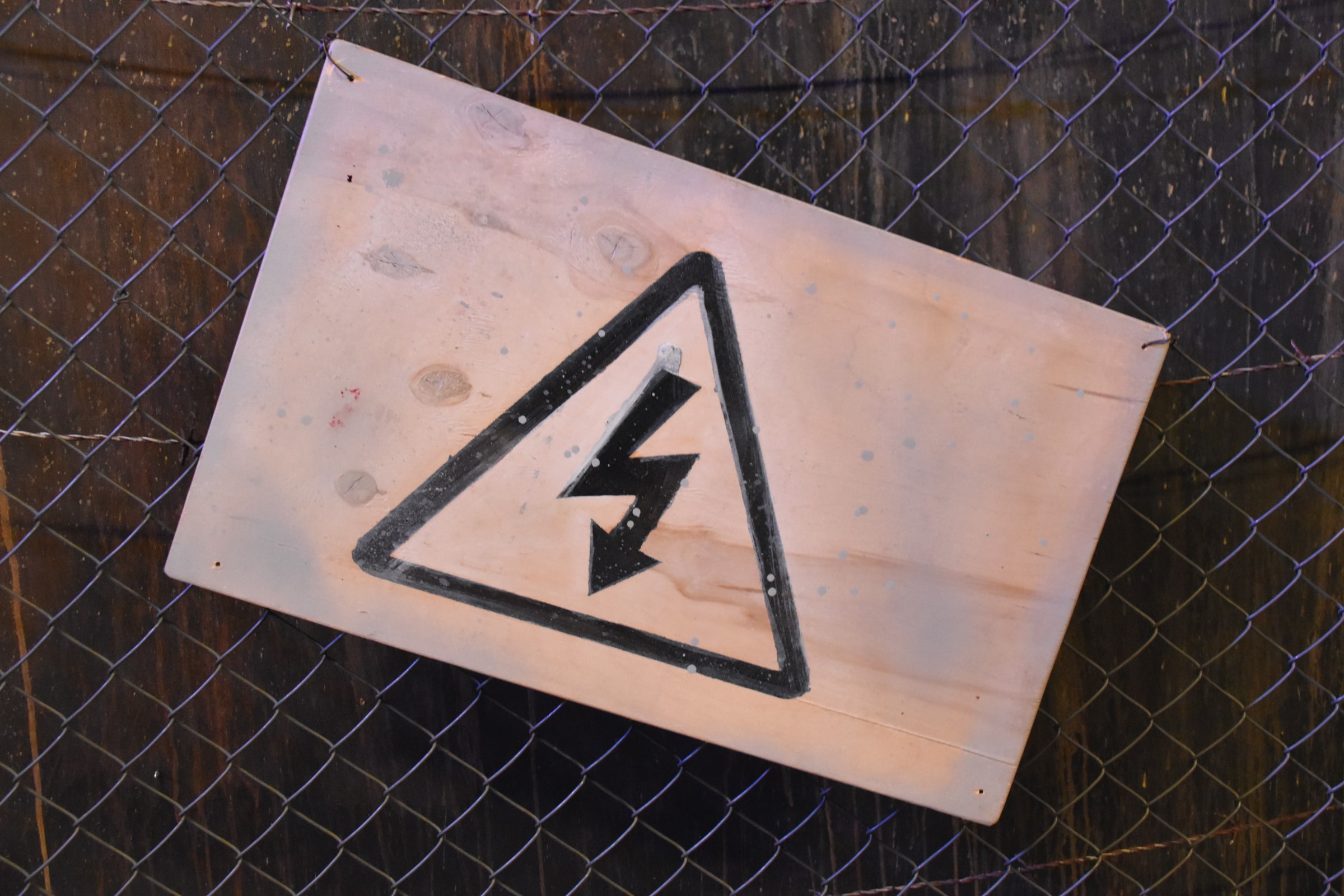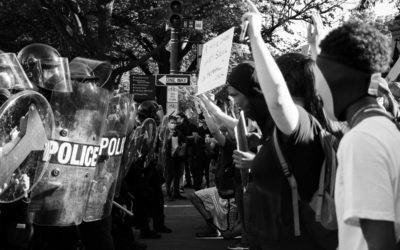Last week, I wrote about symbols which people react to. I talked about how a toothbrush stood in for communication difficulties, and a TV was a symbol for lack of influence over one’s environment. I’ve been thinking about my own use of symbols as stand-ins for what I perceive is amiss in my world, and I realized this:
I create symbols as a way of coping with a feeling of powerlessness.
I may have tried and failed to make a change. I may have never even bothered because I didn’t believe in my own power. I may be grieving a loss of what was. Usually, naming the thing that is wrong, for whatever reason, does not feel safe. It feels safer to pretend my anger is about the symbol instead.
In the examples from last week’s post, my professor did take his wife’s toothbrush on his trip, and the patient did not have control over the volume of the TV. These experiences cannot be denied, therefore, the professor’s wife and the patient are justified in their anger. At least that’s the illusion.
Anger is real and appropriate. It is a discomfort which alerts us that a need of ours is not getting met. Anger is a helpful emotion. The misdirected expression of it is unhelpful. When I am unable to recognize or name what need of mine is not getting met, I waste a whole lot of energy trying to soothe my discomfort.
It’s like trying to cure a toothache by taking a bath. Though I may feel some ease for a while, I still haven’t addressed the true cause of my pain. Sometimes, I don’t realize I am trying to cure a toothache by taking a bath. Sometimes, I need to wear myself out before I realize what I’m doing won’t work. That’s when I dig deep to connect with that truest part of myself and ask, “What do you need?”
Naming what I am angry about, naming what need of mine is not being met, is where I find my power. When I know I have a toothache, I know where to look for relief. I have a direction to move in. I no longer feel powerless, and I no longer need to get so upset about toothbrushes or TVs.





0 Comments